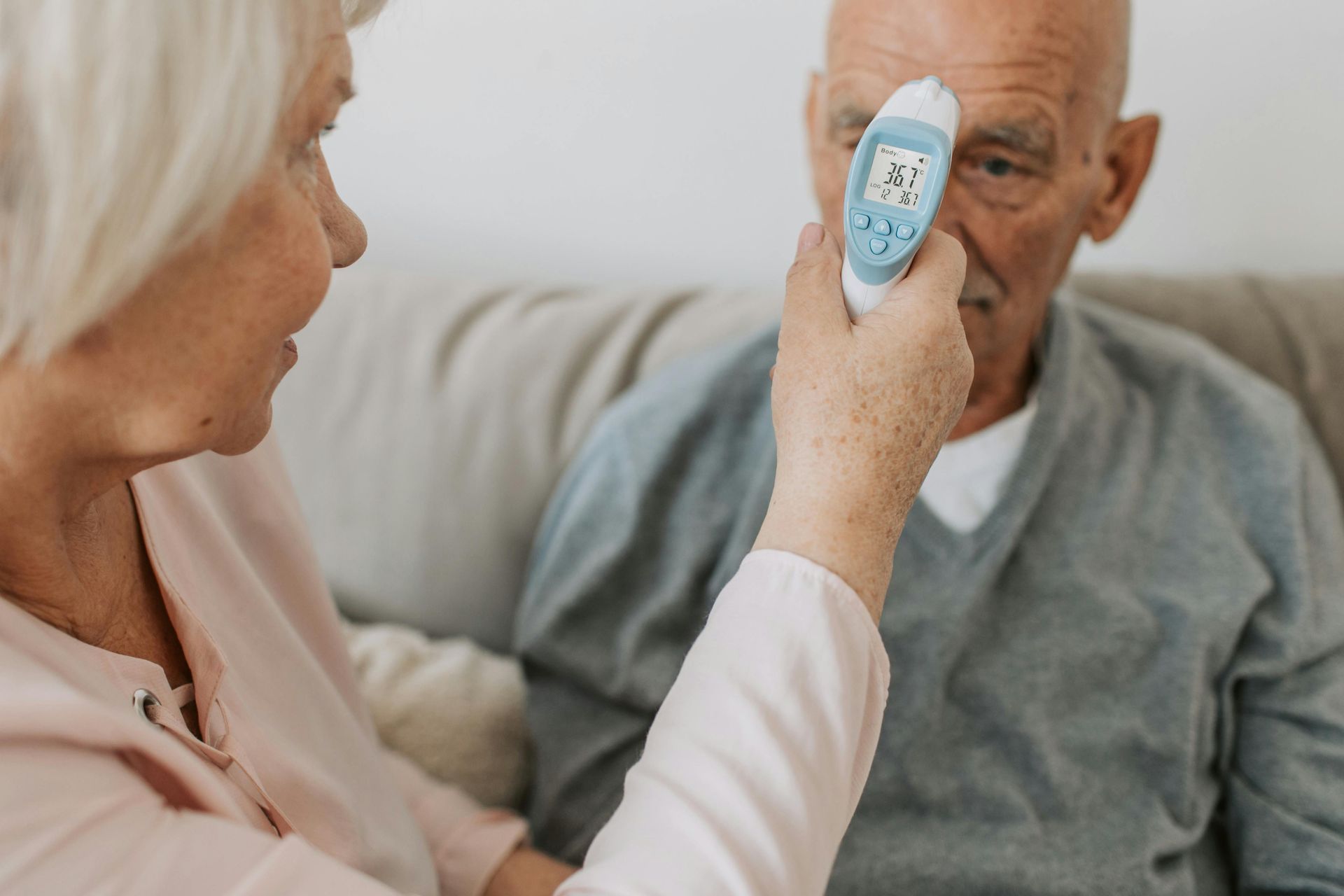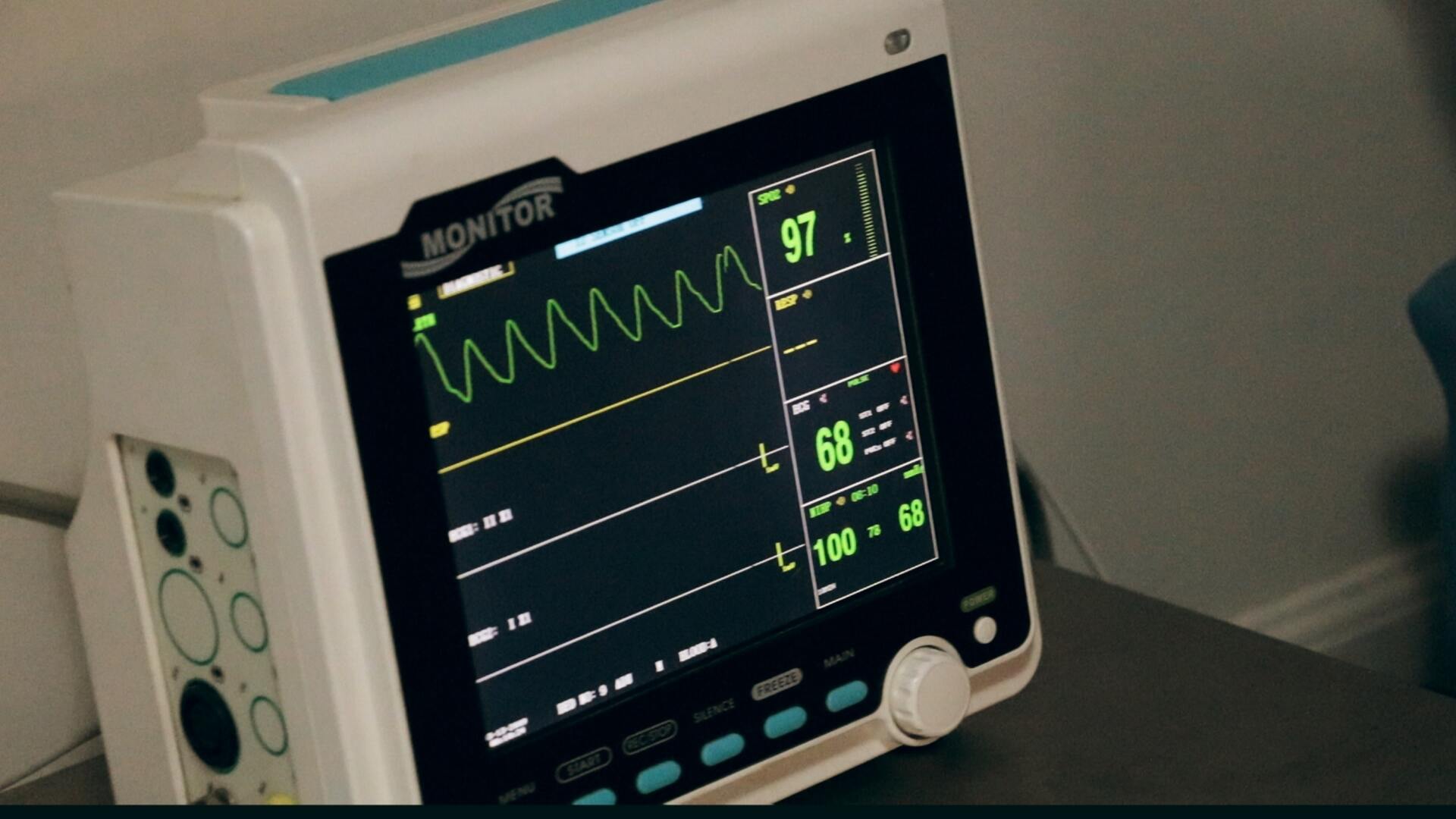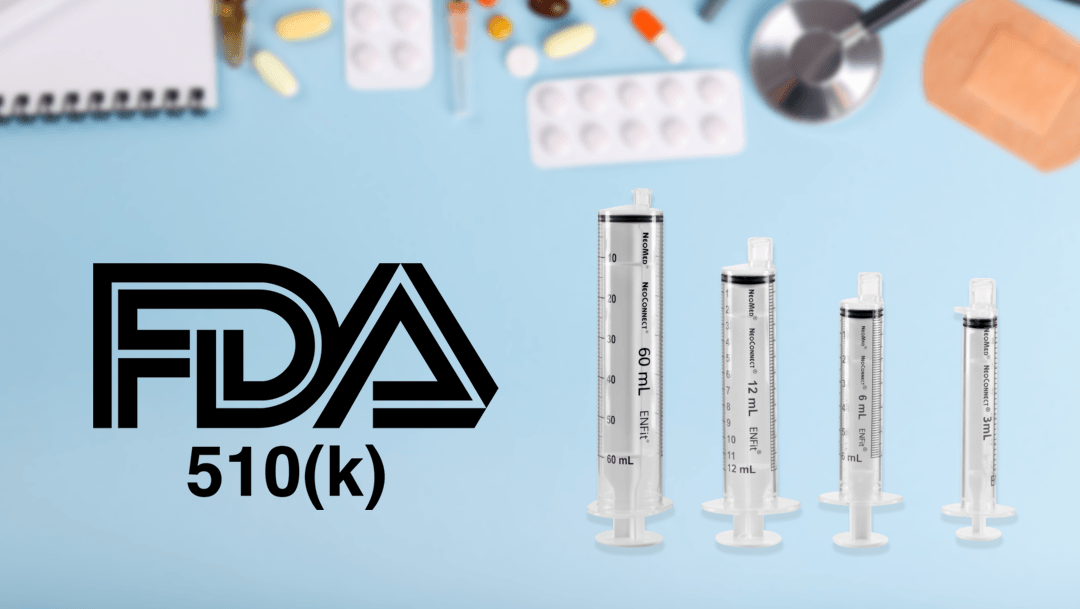Demystifying Human Factors Validation for Medical Devices
When you hear the term “human factors validation,” your first thought might be, “That sounds complicated!” But the truth is, it’s not as intimidating as it sounds. At its core, human factors validation is all about making sure medical devices are easy to use and safe for the people who need them most.
If you’re developing a medical device or just curious about what goes on behind the scenes, this process is a big deal. Why? Because it helps save lives, reduces errors, and ensures users—whether they're doctors, nurses, or patients—know exactly how to use the device properly. So, grab a cup of coffee, and let's break it down together.
What Exactly Is Human Factors Validation?
Imagine you’ve created a state-of-the-art medical device—something that could make a real difference. But here’s the catch. Even if your device is cutting-edge, if users can’t figure out how to use it easily or safely, it’s a problem.
This is where
medical device human factors validation comes in. It’s the process of testing and refining your device to ensure that people can use it correctly, even in high-pressure or tricky situations. The goal is to identify and fix any potential use errors
before your device hits the market. Plus, regulators like the FDA require you to prove that your device can be used safely and effectively by the intended users. That proof? It comes from human factors validation.
Why Is It Important?
Medical devices are often used in critical situations—think surgeries, emergencies, or at-home patient care. If a user misreads a button, has trouble understanding instructions, or struggles to operate your device, the results could be dangerous.
Human factors validation helps eliminate those risks by:
- Pinpointing where users might get confused or make mistakes.
- Enhancing device safety by addressing usability challenges.
- Ensuring compliance with FDA guidelines, which are strict for good reason.
Long story short, it’s not just about checking a regulatory box. It’s about creating a device that works seamlessly for the people who need it most.
The Key Steps in Human Factors Validation
Now that we understand why it’s important, let's talk about how it actually works. The process can be broken down into a few clear steps:
1. Understand Your Users
Who will be using your device? This is where you step into the shoes of your potential users. Are they trained healthcare professionals? Older patients? Caregivers without medical experience?
Each user group comes with its own challenges. For example:
- A surgeon might need a device that works quickly during high-pressure moments.
- A senior patient might benefit from larger, clearer buttons.
- A caregiver might need clear, no-nonsense instructions to operate the device safely.
Spend time researching your users' needs, environments, and skill levels. This understanding sets the foundation for everything else.
2. Design with Usability in Mind
Once you know your users, you can start designing a device that works for them. Think about how you can make your device intuitive. This might mean simplifying features, minimizing steps, or labeling buttons in a way that's crystal clear.
Remember, usability isn’t just about aesthetics—it’s about functionality. Every tweak you make now will help down the line when testing starts.
3. Conduct Usability Testing
Here’s where the real action happens. Usability testing puts your device in the hands of representative users in a controlled environment. You’ll ask them to perform specific tasks while you observe and take notes.
Pay close attention to:
- Errors they make.
- Questions they ask.
- How confident they are using the device.
This is where potential issues come to light. Did they mistake one button for another? Was the display too small or confusing? Every insight you gather here helps refine the device and eliminate those pain points.
4. Analyze and Iterate
Once you have all your testing data, it’s time to analyze it. Look at where users struggled and figure out why. Do the instructions need rewording? Do you need to tweak the design?
Refining your device is an iterative process. You’ll go back to the drawing board, make improvements, and possibly test the device again to ensure the changes work.
5. Prepare for Validation
The final step is the actual validation—a formal process to demonstrate that your device is safe and effective for use by the targeted user groups. During validation, you’ll conduct rigorous testing under realistic conditions with real users.
You’ll focus on critical tasks—those moments where use errors could have serious consequences. The results will be compiled into an FDA-ready report, showing regulators that your device is as safe and intuitive as possible.
Making Medical Devices Better for Everyone
At the end of the day, human factors validation isn’t just about avoiding regulatory headaches. It’s about creating a product that truly works for the people it's meant to help. From reducing frustration to preventing dangerous mistakes, this process makes medical devices safer, easier to use, and more effective.
Take a moment to think about it—when users don’t have to second-guess how to use a device, they can focus on what truly matters: patient care and outcomes.
How We Can Help
If all of this still feels a bit overwhelming, don’t worry—you’re not alone. At UX Firm, we specialize in helping teams like yours navigate the human factors validation process. From identifying user needs to conducting usability testing and preparing FDA-compliant reports, we've got you covered every step of the way.
Want to learn more about how we can make validation less daunting? Reach out for a free consultation, and let's plan for the research that will demonstrate your medical device is safe and effective.
You’ve got the vision—we’ll help you bring it to life!
Frequently Asked Questions
What’s the difference between usability testing and human factors validation?
Usability testing focuses on identifying and fixing design issues by observing how users interact with your device during its development phase. Human factors validation, on the other hand, is the final step before FDA review and pre-market clearance. It tests whether the device is safe and effective under simulated-use/real-world conditions, ensuring all critical tasks can be performed without errors.
Can usability testing prior to human factors validation test help speed up FDA clearance?
Yes, it can! Through iterative testing in the formative stages of device development, you can find and correct problems that could delay or prevent successful FDA review when you submit the validation report as part of your 510(k) pre-market submission. Without the knowledge gained from formative testing, human factors validation testing may result in use errors that will have to be mitigated and retested, adding to your costs and extending your timeline for successful market clearance.
Want more practical insights? Check out these blogs.

Carol Barnum
Carol brings her academic background and years of teaching and research to her work with clients to deliver the best research approaches that have proven to produce practical solutions. Carol’s many publications (6 books and more than 50 articles) have made a substantial contribution to the body of knowledge in the UX field. The 2nd edition of her award-winning handbook Usability Testing Essentials is now available.





